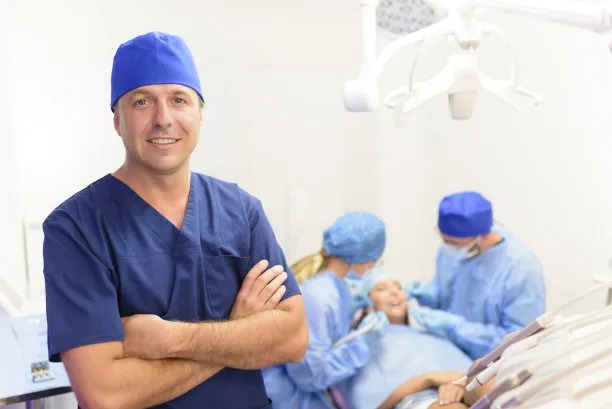The Essential Steps to Safely Extract a Tooth and Ensure Optimal Healing Afterwards
Summary: Extracting a tooth safely is a critical procedure that requires careful planning and skill. This article outlines the essential steps to ensure both the successful extraction of a tooth and optimal healing afterward. It discusses the importance of professional care, techniques for prevention of complications, post-extraction care, and when to seek further medical advice. Each section provides helpful guidelines to ensure a smooth process, minimize pain, and foster quicker recovery. Following these steps could greatly enhance patient comfort and dental health.
1. Importance of Professional Dental Care

Prioritizing professional dental care is crucial when considering tooth extraction. Dentists are trained to assess the condition of your teeth and gums, ensuring that extraction is the best course of action. They diagnose underlying issues that may require treatment before or after extraction, providing a comprehensive approach to oral health.
Moreover, professional environments are equipped with the necessary tools and medications to facilitate comfortable and effective procedures. Dentists use anesthetics to numb the affected area, significantly reducing pain during the extraction. This professional support is key to a successful experience.
Additionally, qualified dental practitioners are capable of performing the extraction technique tailored to the individual’s needs. Their expertise ensures that potential complications are minimized, leading to better outcomes for healing and recovery. Thus, never hesitate to consult a dental professional for such crucial matters.
2. Techniques to Prevent Complications
Preventing complications during tooth extraction is essential for a smooth recovery. One critical technique involves taking patient histories and conducting precise diagnoses before any procedure. This helps identify factors such as existing medical conditions and medications that may impact the extraction process.
Another effective method is the proper administration of anesthesia. Dentists meticulously evaluate the volume and type to ensure it adequately numbs pain without causing adverse reactions. Proper anesthetic application contributes to a seamless procedure and minimizes patient discomfort.
Additionally, employing advanced extraction techniques reduces the likelihood of complications. Techniques such as the gentle use of forceps or elevators minimizes trauma to surrounding tissues, promoting faster healing post-extraction. A careful approach ensures not only the successful removal of the tooth but also optimal healing conditions.
3. Post-Extraction Care for Optimal Healing
Post-extraction care greatly influences the healing process. Immediately after the procedure, follow the dentists advice regarding bite pressure on the gauze used to control bleeding. Maintaining appropriate pressure helps in clot formation, reducing the risk of excessive bleeding.
Furthermore, its crucial to avoid strenuous activities and heavy lifting for at least 48 hours post-extraction. This rest period allows the body to focus on the healing process, minimizing the chances of complications such as dry socket. Engaging in stressful activities too soon can dislodge the blood clot and delay recovery.
In addition, keeping the extraction site clean is vital for avoiding infections. Dentists usually recommend gentle rinsing with warm salt water after 24 hours, which helps to keep the site clean and accelerates healing. Proper oral hygiene practices aid significantly in reducing the risk of post-operative complications.
4. When to Seek Further Medical Assistance
Recognizing when to seek further medical assistance is an essential part of the extraction process. After the extraction, if you experience excessive pain that is not relieved with prescribed medications, additional evaluation is necessary. Persistent or increasing discomfort could signal a complication needing professional attention.
Similarly, if you notice excessive bleeding that continues for more than a few hours post-extraction, reaching out to your dentist is imperative. This could indicate that the clot has dislodged or that there are other underlying issues that need to be addressed professionally.
Lastly, if you develop symptoms such as fever, swelling, or an unusual taste in your mouth, these may be signs of infection. Prompt communication with your dental provider can lead to timely intervention, ensuring that any complications are appropriately managed, which is vital for long-term overall health.
Summary:
This article has highlighted the essential steps for safely extracting a tooth and ensuring optimal healing afterward. Emphasizing professional dental care, techniques to prevent complications, proper post-extraction care, and when to seek further assistance shapes a comprehensive approach to tooth extraction.
Understanding and following these guidelines can alleviate anxiety and enhance recovery. Knowing when to consult a professional will only benefit your oral health journey. This article is compiled by Vickong Dental and the content is for reference only.



